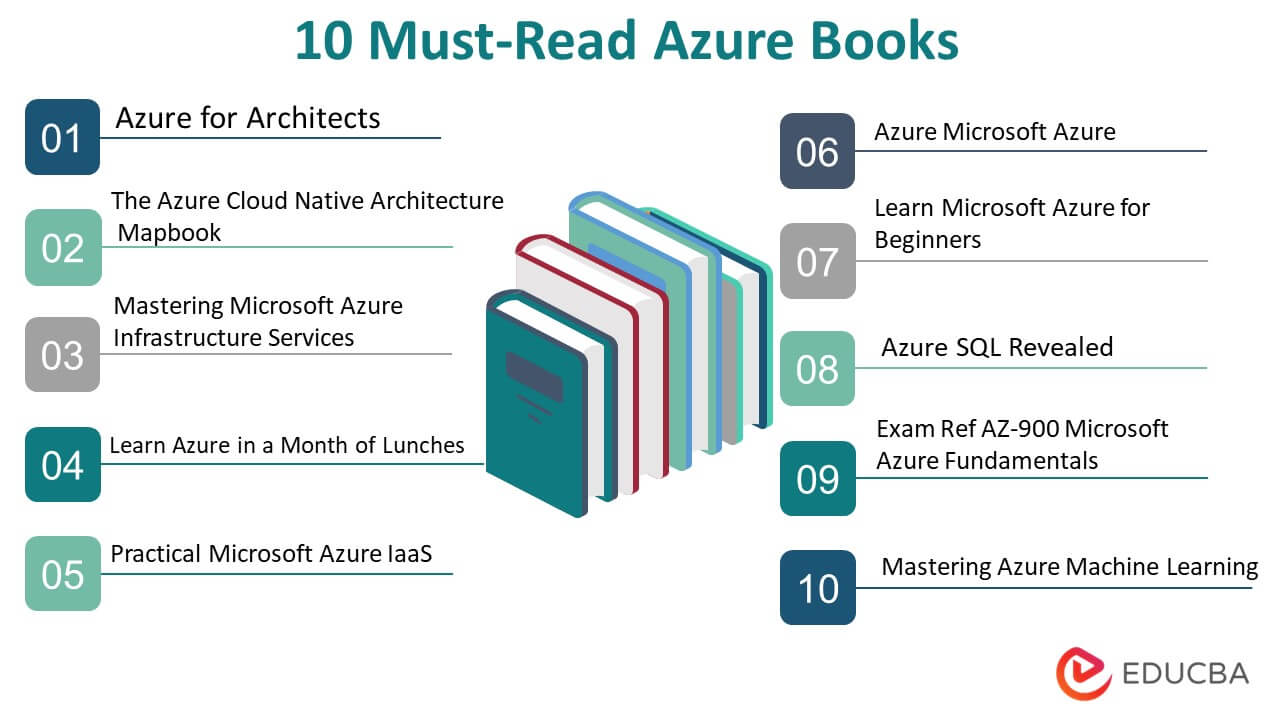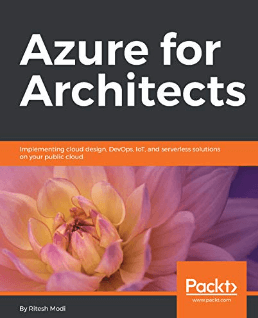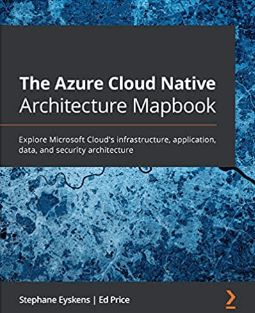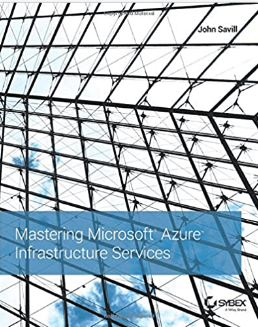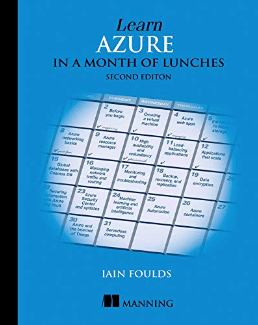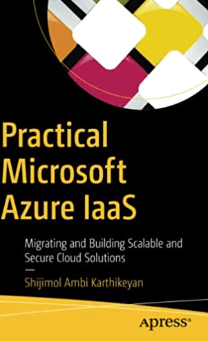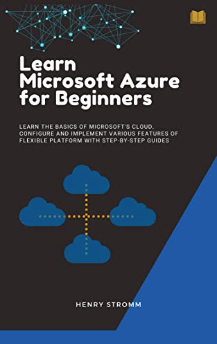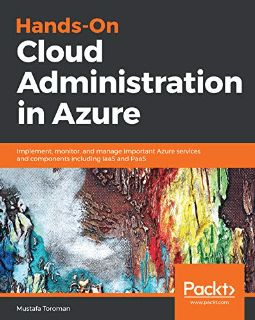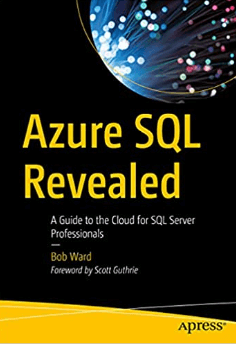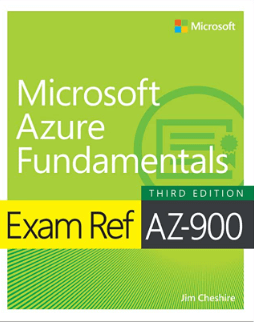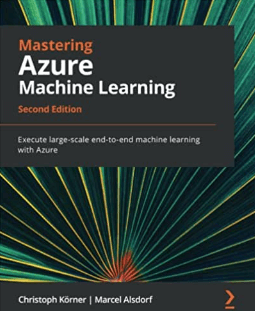Best Books To Learn Azure
The Azure books show how Azure is one of the rising technologies helping access cloud applications cost-effectively. It provides various features for IT engineers to build cloud services using networks, analytics, and storage. With Azure, cloud computing has never been effortless. It is thus very beneficial for people to know about this technology if they are branching out to the cloud domain.
The list of books that we have provided below will give the readers a clear understanding of Azure. These are essential reads for anyone who wants to increase their knowledge about the subject or requires to know more about it for career purposes.
Below is the list of the top ten books through which professionals and beginners can enhance their understanding of Azure.
10 Must-Read Azure Books
Let us go through the reviews one by one:-
Book #1: Azure for Architects: Implementing cloud design, DevOps, IoT, and serverless solutions on your public cloud
Author: Author-Ritesh Modi
Review
The book does a marvelous take on imparting strong effects of Azure in the virtual environment by going through each concept and Azure subdivision. The focus is more on imparting theoretical knowledge than using code blocks to understand Azure better. The book delves into serverless solutions and their management. There is a lot of information to get started from scratch, so it is best for you if you know about it from the beginning.
Key Points
- The book includes monitoring and auditing, usage and billing API, and DevOps on Azure.
- The writer explains authentication and authorization in great detail.
- The reader gets familiarized with Azure Cloud platform components.
Book #2: The Azure Cloud Native Architecture Mapbook: Explore Microsoft Cloud’s infrastructure, application, data, and security architecture.
Authors: Stephane Eyskens, Ed Price
Review
There are numerous ways to architect solutions with the broad selection of Azure services. The author gives a walk-through and helps the readers select the perfect solution for their unique situations. The book explores the main areas of architecture, its perspective, and how it applies to real-life situations. Beginners learn the simple cloud vocabulary and journey the solutions with strategic features. Users explore networks, high availability, and Terraform.
Key Points
- Readers explore Azure architectures’ main drivers.
- Users learn to tackle challenges by employing architecture maps.
- The user learns about architecture maps with applicable cases.
- Users explore disaster recovery and leverage Infrastructure as Code using ARM templates and Bicep.
Book #3: Mastering Azure Infrastructure Services
Author: John Savill
Review
The book builds its premise on using Azure environments, VM machines, and everything that you need to know about Microsoft Azure infrastructure services. It encompasses all the topics that concern a programmer. The content is complete with relevant code snippets and pictorial guidance.
Key Point
- Users learn to enable external connectivity, use virtual networks, and manage hybrid environments with a system center.
- The book has a practical approach to explaining the options and costs of infrastructure as a service.
- The book encompasses briefs using Azure with PowerShell, which are helpful for beginners and programmers alike.
Book #4: Learn Azure in a Month of Lunches
Author: Iain Foulds
Review
The book helps a starter become an Azure expert in a month. Users can learn Azure during Lunches, understanding the most significant Azure concepts and tasks in 21 small but impactful lessons. The book offers numerous real-life examples that enable a learner to master vital Azure skills.
Key Points
- The reader learns practically through labs, exercises, and examples.
- Users can update their skills on Azure UI and Azure containers.
- Learners get handson practice with new Azure features and Azure Kubernetes Service.
Book #5: Practical Microsoft Azure IaaS
Author: Shijimol Ambi Karthikeyan
Review
Filled to the brim with informative topics such as storage and network migration, scale-out using VMSS, and resiliency in Azure, this book sets new meaning to delivering the accurate knowledge required for IaaS to Azure developers. This book is the amalgamation of the author’s 12 years of experience in IT and doesn’t fail to disappoint its readers in the clarity of the subject.
Key Points
- It thoroughly describes the basics of IaaS while going through the computing, storage, and networking Azure topics.
- The book talks about building diverse environments in Azure and deploying features in the cloud.
- The author gives more emphasis on describing through images instead of code blocks.
Book #6: Learn Microsoft Azure for Beginners
Author: Henry Stromm
Review
As the name suggests, this book is carefully curated for the minds of young readers, mostly looking to get their minds changed with the ever-changing demands of Azure. It will surely help IT people to become Azure experts.
Key Points
- This book helps to learn the know-how of Azure fundamentals from scratch.
- It covers the introduction of Azure cloud computing with great insights.
- The author has kept enterprise architects, IT developers, system, storage, and solution architects in mind while writing the book.
Book #7: Hands-On Cloud Administration in Azure: Implement, monitor, and manage critical Azure services and components, including IaaS and PaaS
Author: Mustafa Toroman
Review
Mustafa to Roman brings you the book that will clear all your concepts of cloud administration. It is a comprehensive guide for essential topics such as Windows server administration and Azure portal.
Key Points
- Users get hands-on experience with cloud administration.
- The book demystifies the basics of Azure VNet and Azure app service with a focus on each topic in a brilliant way.
- There are questions after each chapter to judge the understanding of the book.
Book #8: Azure SQL Revealed: A Guide to the Cloud for SQL Server Professionals
Author: Bob Ward
Review
The reader enjoys the comprehensive content on Azure SQL. The book guides a user to deploying SQL Server in the cloud, starting with the deployment details and the journey to its performance. The book intertwines the theoretical insight into the history of Azure SQL architecture with the practicality of migrating the SQL Server occurrences to Azure SQL.
Key Points
- The reader learns the correct methods of Azure SQL configuration.
- The book guides the reader to make data and applications available.
- The user acquires knowledge the know-how in safeguarding the data from hackers.
Book #9: Exam Ref AZ-900 Microsoft Azure Fundamentals
Author: Jim Cheshire
Review
The book enables the user to sit for the Microsoft Exam AZ-900. It helps the aspirant to demonstrate real-life achievement of cloud services with Azure. The Exam Ref is for professionals with or without a technical background. It helps think critically and for making decisions. It is a must-have to succeed in the Microsoft Certified Fundamentals level.
Key Points
- The readers understand the basics of cloud
- The book delves into the core of Azure services
- The user comprehends security, pricing, compliance, support, privacy, and trust.
Book #10: Mastering Azure Machine Learning: Execute Large-Scale End-to-end Machine Learning with Azure
Authors: Christoph Korner, Marcel Alsdorf
Review
The book accelerates the reader into Machine learning and managing it. It is a must-have for Machine Learning Professionals, engineers, and data scientists. It uses Microsoft Azure and covers the complete ML journey; how to prepare data, perform ML runs and log them, design deployment pipelines work, and their execution using MLOps.
Key Points
- Readers learn the workspace of Azure Machine Learning
- The learner uses the azure cloud for ingesting, analyzing, and preprocessing datasets.
- The user can position ML models for real-time scoring and batch
- The user comprehends how ONMX is interoperable.
Recommended Books
We have compiled the top 10 Azure books list to help you find the right book. For an intensive list of books under this category, EDUCBA recommends the following,
